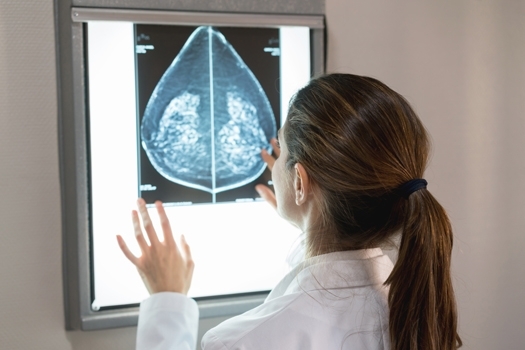GP registration databases used to select patients for screenings are ‘not fit for purpose’, according to the NAO.
In a damning report on the state of NHS screening, the NAO said aging IT systems mean eligible patients are not always identified and invited for screening.
GPs said the findings are ‘deeply concerning’ and called on the Government to put ‘urgent’ investment into IT.
The screening programmes for aortic aneurysm, bowel cancer, breast cancer and cervical cancer, which cost NHS England £423m in 2017/18, are failing to meet targets for the percentage of eligible people attending appointments, the report said.
Much of the problem lies with the National Health Application and Infrastructure Services (NHAIS) software, which the Department of Health and Social Care intended to replace in 2017, but did not do.
The NAO report said: ‘The department believes that NHAIS is not fit for purpose for screening programmes because, for example, information is held in 83 separate databases of GP registrations, making it hard to track screening histories when people move across geographical boundaries.’
It is estimated that it will cost £13.9m to simply maintain the IT service until 2020/21.
Each screening programme also relies on a complex set of IT systems to send invites, and to process and send results. Some of these are more than 30 years old and breast cancer screening operates 78 versions of the same system across England.
The NAO report also found:
- By September 2018, only 33% of those entitled to bowel scope screening were invited to an appointment because only 3,162 out of 7,649 GP practices were linked to a new screening centre delivering this service
- There is inconsistent screening coverage across CCGs in England, with London consistently ranked as among those with the lowest coverage
- The DHSC expects 98% of women to receive cervical screening results within 14 days, but this target has not been achieved at a national level since November 2015. In December 2018 it stood at 55%
- The target of 80% coverage for breast and cervical screening was met by only one CCG out of 207 in 2017/18
- A third of eligible people were not being screened for breast cancer in 65 CCG areas during 2017/18
GP and Health Foundation policy fellow Rebecca Fisher said: ‘This report paints a deeply concerning picture of the state of screening programmes in England, with missed targets, inconsistent coverage, and aging IT systems.’
‘The public should be encouraged to attend screening, but they must be able to trust the quality of the services they are being offered. This report highlights an urgent need for investment in the IT and equipment required to make improvements,’ she added.
The NAO investigation was launched in response to failures in the breast and cervical screening programmes revealed by the government in 2018.
An estimated 122,000 women were not invited to their final breast screening between 2009 and early 2018 due to a computer algorithm failure. And a further 43,220 women were not invited for a cervical screening between January and June 2018.
NHS England has since announced a ‘major overhaul’ of the national cancer screening programmes, and report this summer on how it will improve the programmes for cervical, breast and bowel cancer.
Pulse October survey
Take our July 2025 survey to potentially win £1.000 worth of tokens














